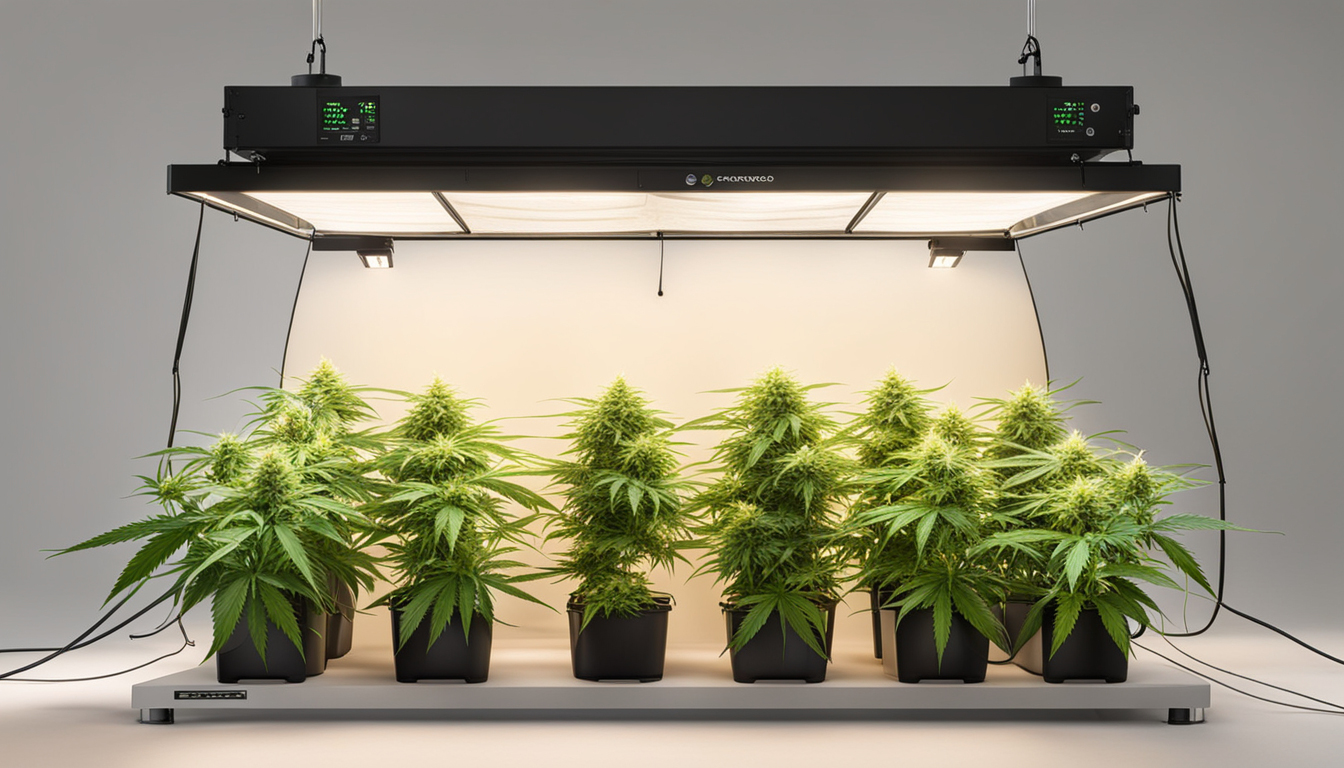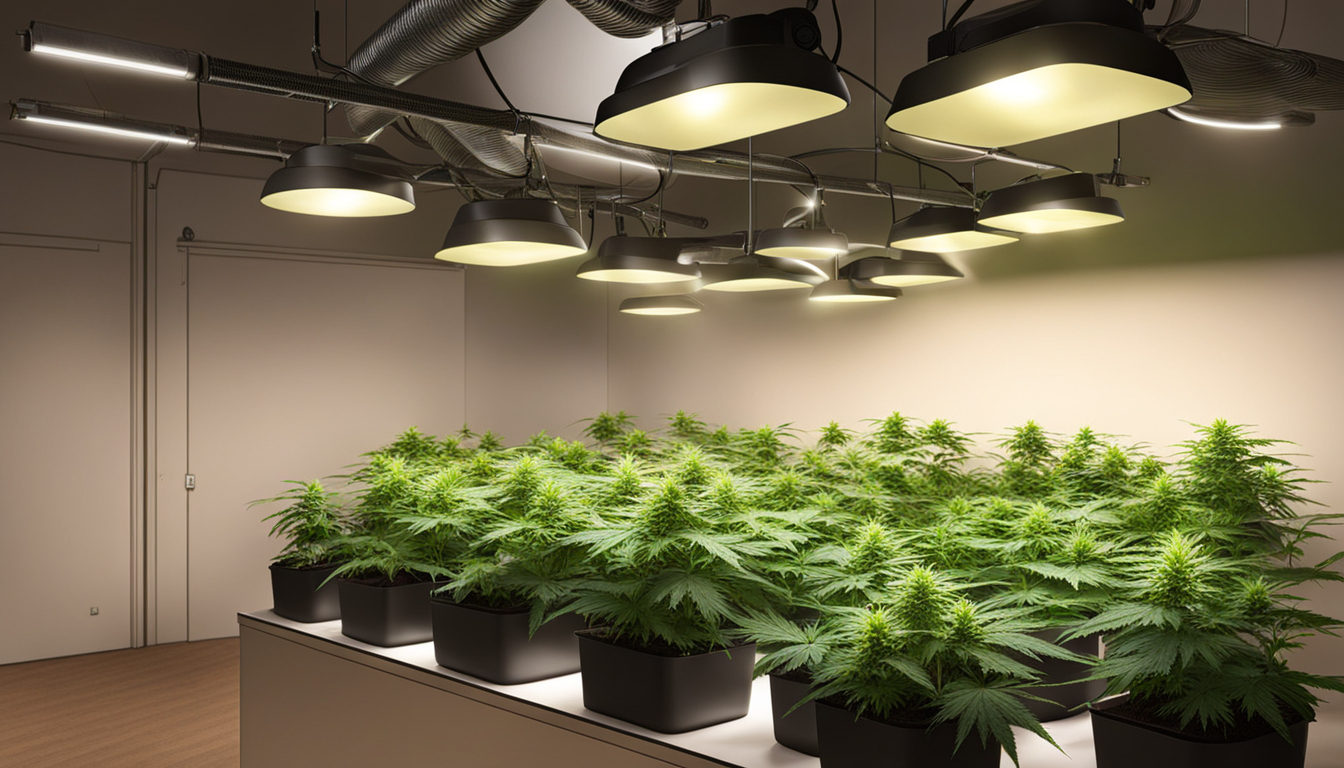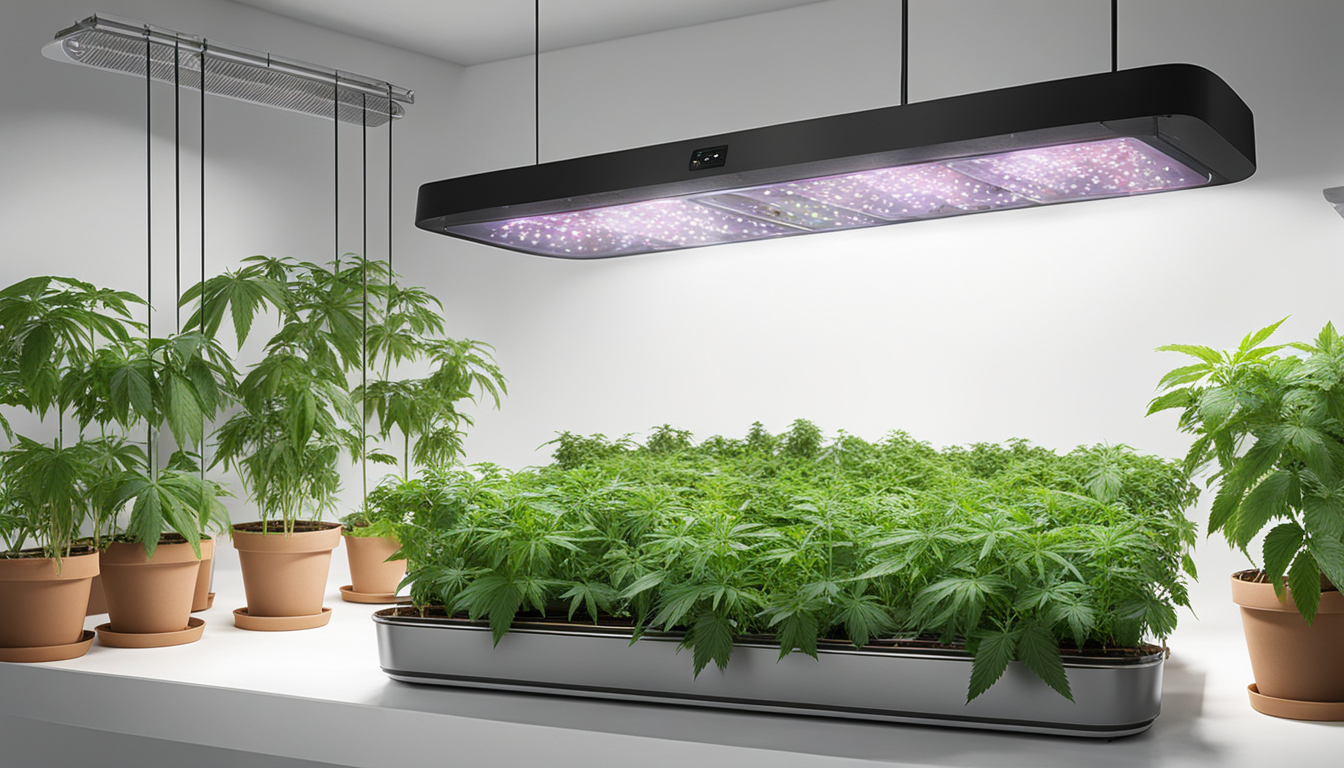
Whether you're beginning cannabis growing or looking to improve your existing crop, following this complete guide will help you produce bountiful, high-quality yields right at home. With the right equipment, techniques, and care, growing marijuana indoors can be an extremely productive and cost-effective endeavor.
Choosing Pot Strains
The first step in planning your indoor crop is selecting the right marijuana cultivars to produce. The three main types of cannabis plants each have their own characteristics.
Sativas
Known for their invigorating intellectual effects, these strains spread tall and slender with narrow leaves. They flourish in hotter tropical climates and have a longer blooming time between 2.5-3 months indoors. Top energizing varieties include Sour Diesel, Durban Poison, and Jack Herer.
Indicas
Indicas provide relaxing full-body effects and grow short and bushy with broad leaves. Adapted to cooler mountain climates, they flower faster within 8-9 weeks. Popular indica strains include Granddaddy Purple, Northern Lights, and Bubba Kush.
Mixed strains
Mixed varieties mix traits from both energizing strains and relaxing strains. They offer blended effects and have medium blooming times around 2.25-2.5 months. Popular mixes are Blue Dream, OG Kush, and Blue Dream.

Setting Up Your Cultivation Space
Marijuana plants need the right controlled environment to thrive. Key factors for indoor grows are lights, ventilation, layout, and finding the ideal discreet area.
Location
Choose an available space with quick access to water and electrical outlets. An empty extra bedroom, unused closet, corner of the basement, or cultivation tent locked away in a garage all make great stealthy cultivation room spots.
Lights
Weed requires intense light for all vegetative stages. LED grow lights are energy-efficient and come in broad spectrum options replicating natural sunlight. Cover 250-400 watts per square foot for the vegetative stage and 400-600 watts per square foot for flowering.
Airflow
Proper airflow and exhaust systems maintain ideal temp, humidity, and fresh CO2 levels. Set up silent 4-6 inch blowers or carbon filters to refresh old air and eliminate smells.
Layout
Maximize your space by positioning plants strategically under the lamps and allowing room to access and work around them. Set up distinct zones for vegetation, flowering, curing, and cloning.

Cultivation Mediums
Marijuana can be cultivated in different substrates, each with pros and cons. Pick a appropriate option for your specific setup and cultivation style.
Soil
The classic substrate, soil is cheap and simple for beginners. It provides excellent taste but requires more irrigation and fertilizing to feed plants. Enrich soil with perlite or coir to improve drainage.
Coconut coir
Made from coconut husks, renewable coconut fiber retains water but still lets in air to the roots. It's cleaner and more predictable than soil. Use coir-specific fertilizers to prevent calcium buildup.
Water systems
In hydro systems, plant roots grow right in nutrient water solution. This enables rapid growth but needs careful monitoring of water properties. Deep water culture and drip systems are popular methods.
Germinating Seeds
Sprouting prepares your cannabis seeds to start sprouting radicles. This readies them for planting into their cultivation medium.
Towel Method
Place seeds between moist paper towel and maintain them moist. Inspect after a week for emerging taproots showing sprouting is complete.
Direct Planting
Plant seeds right into wetted growing medium 1⁄4 inch deep. Gently water and wait 7-14 days until seedlings break through the top.
Rockwool Cubes
Presoak cubic rockwool starters in pH-adjusted water. Insert seeds 1⁄4 inch deep into the cubes. Keep cubes wet until sprouts appear within 1-14 days.
Transplanting Young plants
Once germinated, cannabis seedlings need to be transplanted to prevent crowding. Move them into appropriately sized containers.
Preparing Containers
Load large pots with growing medium enriched with time-released fertilizer. Allow containers to absorb water for 8-12 hours before repotting.
Carefully Transplanting
Gently separate young roots from sprouting medium using a spade. Put into prepared container at same depth as before and lightly water Subscribe Now in.
Growth Stage
The growth stage encourages foliage and plant structure through 3/4 to full day of continual lighting intensity. This stage usually lasts 1-2 months.
Providing 18-24 Hours of Light
Use grow lights on a 24 hour cycle or outdoor light to initiate nonstop growth. Lamp output influences size and internodal spacing.
Fertilizing
Use vegetative stage fertilizers richer in N. Make sure pH remains around 5.8-6.3 for full nutrient absorption. Feed 25-50% concentration after 14 days and strengthen slowly.
LST and topping
Fimming, LST, and trellising direct shoot shapes for flat foliage. This boosts yields.

Bloom Stage
The blooming stage grows buds as plants show their sex under a 12/12 light timing. It lasts 2-3 months based on variety.
Switching to 12/12
Switch grow lights to 12/12 or place outside for natural 12/12 timing. This triggers plants to begin flowering.
Stop Fertilizing
Leaching flushes out nutrient salts to improve flavor. Feed weakly the first weeks then just use pH'd water Click Here the last 2 weeks.
Flushing
Continue 12/12 light timing but leach using neutral pH water only. Resume plain watering if buds aren't ripe after two weeks.
Reaping
Knowing when cannabis is completely mature delivers maximum cannabinoid content and aroma. Cut down plants at peak maturity.
Signs of readiness
Check swollen calyxes, faded pistils, and 5-15% cloudy trichs. Check buds around the plant as they won't all Request More Info ripen evenly.
Cutting Plants
Use sterilized, razor-sharp pruning shears to carefully slice each plant at the base. Leave several inches of stalk attached.
Drying
Hang intact plants or colas upside down in a lightless room with average temperature and RH around 50-60% for 1-2 weeks.
Aging
Curing keeps drying while aging the buds like aged spirits. This process mellows bitterness and further develops terpene and terpene profiles.
Jars and Humidity
Manicure dried buds from branches and place into glass jars, packing about 3⁄4 full. Use a sensor to monitor jar moisture.
Burping Daily
Open containers for a few hours each day to slowly reduce humidity. Rehydrate buds if humidity goes under 55%.
Long term storage
After 2-3 weeks when moisture stabilizes around 55-60%, perform a last trim and keep long-term in airtight jars.
Common Problems and Solutions
Even seasoned growers run into different weed plant problems. Detect issues soon and fix them properly to keep a healthy garden.
Poor feeding
Yellowing leaves often signify insufficient nitrogen. Anthocyanins and leaves show low phosphorus. Check pH and increase fertilizers gradually.
Bugs
Spider mites, fungus gnats, mites, and root aphids are frequent cannabis pests. Use organic sprays, predator bugs, and sticky traps for organic control.
Mold
Excessive humidity encourages botrytis and bud rot. Increase airflow and venting while lowering RH below 50% during flowering.

Conclusion
With this complete indoor marijuana growing guide, you now have the knowledge to grow plentiful strong buds for private harvests. Follow these steps and methods during the seed starting, vegetative, and flowering stages. Spend in good gear and carefully monitor your plants. In time, you'll be rewarded with sticky fragrant buds you raised yourself under the loving care of your green thumbs. Happy growing